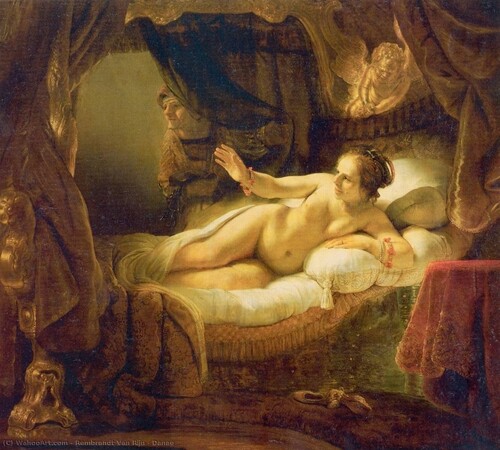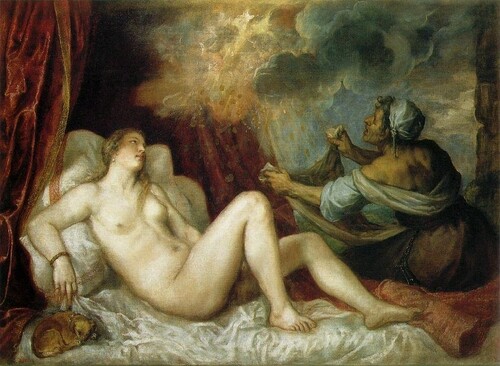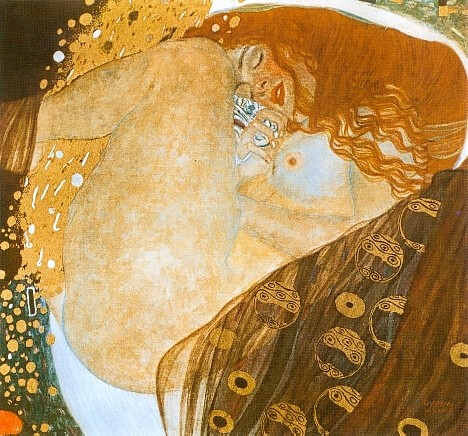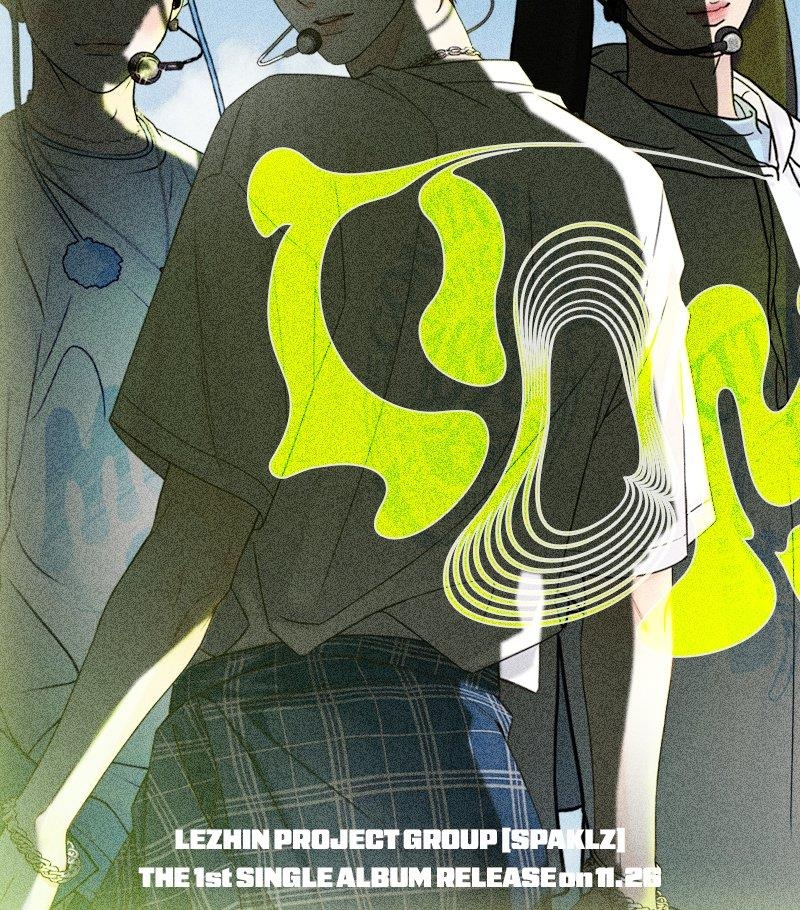 |
▲"Danae" by Rembrandt, Hermitage Museum Collection |
Metamorphosis and Desire
By Do Gwang-hwan
"Metamorphosis" is one of the aspirations of humanity.
Metamorphoses are common in folktales and myths, and above all, the treasury of transformation stories is mythology.
The desire to achieve what seems impossible through transformation is a projected result, and when viewed broadly, Greek and Roman mythology, the roots of Western culture, are stories about transformation.
The mythological interpretation written by the Roman poet Ovid (BC 43-AD 17) is even named "metamorphoses," emphasizing the theme of transformation.
In mythology, the "king of metamorphosis" is Zeus, the "king of gods." He transforms into a bull, a swan, and even into mist, all transformations meant to seduce women, symbolizing the "unstoppable desire for elusive passion."
Among Zeus’s transformations, the most memorable is the story of rain, and not just any rain but a transformation into golden rain.
Danae, the daughter of Acrisius, the king of Argos, is central to this story. Acrisius hears a prophecy that his daughter Danae will bear a son who will eventually kill him. To prevent this, Acrisius locks Danae in an impenetrable bronze tower. However, Zeus, the "womanizer," cannot resist Danae, the possessor of unmatched beauty. He transforms into golden rain to approach her and share his love. Danae becomes pregnant and gives birth to the hero Perseus, who later slays the monster Medusa.
Gods, beauties, bronze towers, golden rain -- these elements are irresistible to artists. Let’s look at three prominent works.
 |
| ▲ Danae by Titian, Prado Museum Collection |
Titian, known for his mastery of color, vividly depicts the golden rain as actual gold coins in his painting from 1554.
Danae’s expression, gazing at the golden rain, conveys not confusion or surprise but rather anticipation or seduction.
An elderly maid eagerly collects the coins, reflecting the heightened desire for wealth in the Renaissance era. Titian painted two versions, with an angel instead of a maid in the alternate version.
Rembrandt’s portrayal of Danae is marked by a sense of bewilderment in her expression, created between 1636 and 1643.
The raised hand adds a touch of surprise. However, there is neither rain nor gold coins. When looking at the gazes of Danae and the maid, it seems as if Zeus has just appeared beyond the curtain, sparking the viewer’s imagination.
Gustav Klimt’s depiction of Danae, painted in 1908, is unforgettable.
True to Klimt’s style, it is sensually rendered. Danae, emphasizing her thighs, buttocks, and nipples, holds a plethora of poured gold coins. Her closed eyes suggest a sense of sexual ecstasy. It is unclear whether Danae is embracing Zeus (in the form of gold) or if Zeus is embracing Danae.
 |
| ▲ Danae by Klimt, collection of Belvedere Museum in Vienna |
Klimt subtly combines mythology and sensuality in the matured form of "Expressionism."
Mythology is a narrative about desire -- conflicts and confrontations unfold over love, jealousy, power, and honor.
Desire is neither inherently good nor bad; humans cannot escape it. However, as humans cannot transform in reality, desire becomes an obstacle. In Buddhism, desire is viewed as the root of suffering.
If it cannot be severed, it must be accepted. Acceptance should extend not only to one’s own desires but also to the desires of others.
Balanced interaction and regulation are possible when individuals and groups can "observe" each other’s desires. However, it seems that Zeus went too far. Only his desires prevailed.
Envious? Well then, interaction and regulation become elusive. Through mythology, desire may be romanticized, but at its core, it remains the most primal form of violence.
(C) Yonhap News Agency. All Rights Reserved























